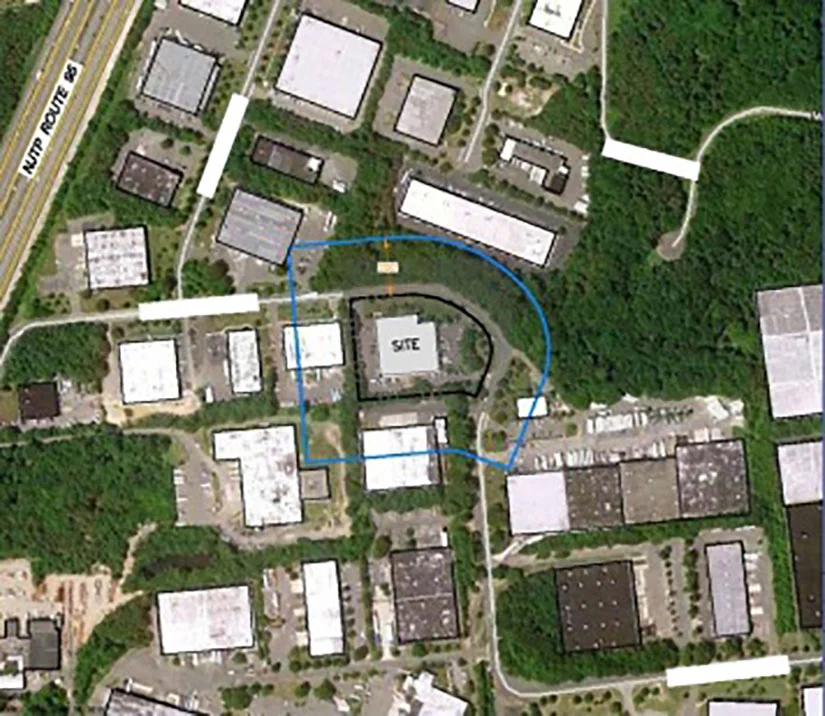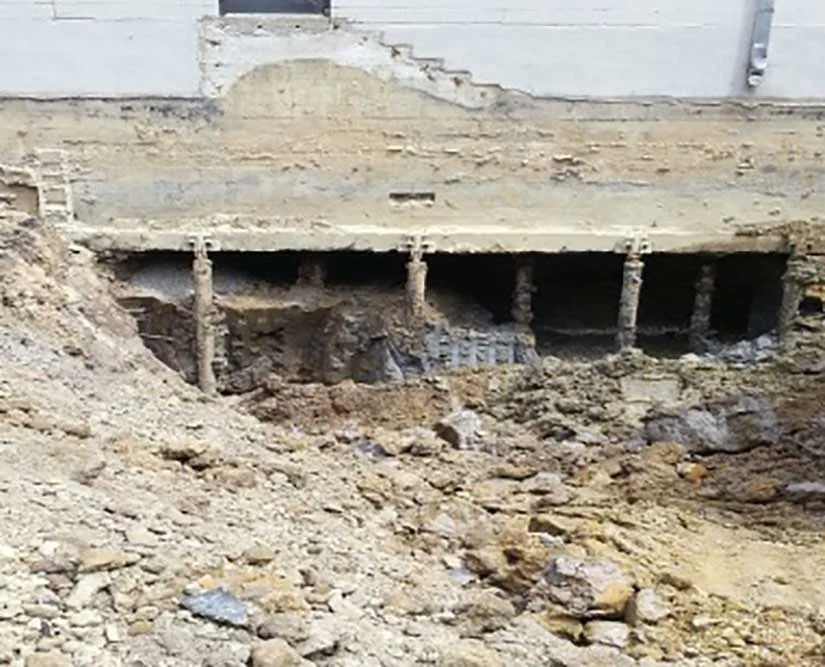Restoring Former Chemical Site to New Use
Client Challenge
The property owner of a former chemical manufacturing facility sought regulatory approval to implement site reuse plans that included restoring and reusing an on-site warehouse and distribution center. A remediation system had been operating on site, but was no longer effective in reducing contaminant concentrations. The owner sought regulatory compliance and added value to this commercial property.
GES Solution
GES was engaged to implement the most effective approach to achieve regulatory standards that would allow redevelopment to progress. Following a review of site data, GES completed an updated conceptual site model (CSM) to better understand site constraints and devise the optimal cleanup strategy. The client was initially pursuing an in-situ chemical oxidation solution. Upon evaluation, however, GES determined that sub-structure excavation and the use of institutional controls would provide an accelerated solution at a lower-cost. GES applied compliance averaging, using a spatially weighted average, as an innovative tactic to achieve regulatory standards across the site.
The phased remediation plan for the building area incorporated extensive planning and contingencies to protect the owner over the long term. Building soundness during the excavation process was maintained through the use of helical piers and trench boxes. Roughly 10,500 tons of soil was excavated from beneath the building and loading dock area, with clean soil retained for on-site reuse and appropriate disposal of contaminated soils. Soil vapor extraction lines were installed to address soils inaccessible to the excavation. Protective measures included installation of an infiltration gallery for enhanced bioremediation and passive sub-slab depressurization system (SSDS) that could be easily converted to active use. Efficient monitoring of the system is provided by remote telemetry.
Client Value
GES’ development and successful utilization of a creative strategy allowed the property owner to obtain regulatory-approved limited restricted response action outcome (RAO) with a deed notice for soil and groundwater, including a classification exception area (CEA) groundwater remedial action permit. GES continues to monitor the site, which has achieved non-residential standards for soil and is progressing to achieve state groundwater standards. With the site in compliance, property value has increased. The building has been reoccupied, providing a new revenue stream for the property owner.

